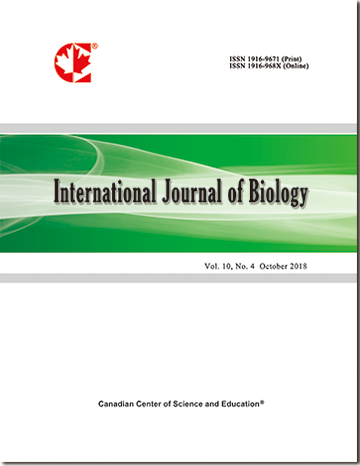The Role of Andropogon Gayanus Savanna Ecosystems in Increasing CEC and Exchangeable Bases in a Hydromorphic Soil in Western Burkina Faso
- Moïse YONI
- Issaka Senou
- Hassan B. Nacro
Abstract
The CEC is an indicator of the soil's capacity to retain and exchange nutrient cations with the roots of plants. In the Sudanian savannas with Andropogon gayanus, hydromorphic soils exhibit a silty-clay texture and a specific large area, which enables the retention of cations in a manner that differs from that observed in sandy soils. It was hypothesised that the CEC and the exchangeable bases of the arable soil layer in the savannas of western Burkina Faso would display significant increases due to the substantial environmental changes that occur during the fallow period. To test this hypothesis, a comparison was made between the soil fertility of the savanna and fallow areas and that of cultivated plots, which served as control sites for this study. A total of 15 plots were selected for analysis, with five plots allocated to each situation. The vegetation and soil characteristics of the plots have been duly described. Soil samples were obtained from the 0-20 cm depth interval to create composite samples. The laboratory analysis encompassed a range of parameters, including texture, pH-H2O and pH-KCl, carbon, nitrogen, cation exchange capacity (CEC) and exchangeable bases. The observations led to the classification of the soils as tropical ferruginous hydromorphic with iron and manganese oxides. The original materials displayed a silty-clayey properties. The granulometric study has demonstrated that the superficial horizon of the soil is predominantly composed of silt- and clay-sized particles. This results in a considerable capacity for retention in exchangeable bases. The woody vegetation of savannas exhibits a greater diversity and richness of flora than that of fallows. This has a significant impact on the enhancement of the CEC, due to the beneficial effects of plant debris with diverse organic compositions. The overall pH is weakly acidic, with a range of 6.24 to 6.41 (pH-H2O). The soil of savannas exhibits higher concentrations of carbon (0.67% C) and nitrogen (0.059% N) than that of fallow (0.5% N, 0.04% N) and cultivated fields (0.34% C, 0.03% N). The observation of chemical balances has enabled the identification of savannas as conducive to optimal plant nutrition. Overall, savannas enhance the CEC and the bases exchangeable, despite the values being below the recommended threshold for tropical ferruginous hydromorphic soils. It is therefore necessary to implement measures to promote sustainable agriculture and enhance agricultural productivity in this region, where soils are naturally deficient in nutrients.
- Full Text:
 PDF
PDF
- DOI:10.5539/ijb.v16n1p33
Index
- ACNP
- AGRICOLA
- BASE (Bielefeld Academic Search Engine)
- CAB Abstracts
- CiteFactor
- CNKI Scholar
- CrossRef
- DTU Library
- Elektronische Zeitschriftenbibliothek (EZB)
- Excellence in Research for Australia (ERA)
- Google Scholar
- Infotrieve
- LIVIVO (ZB MED)
- LOCKSS
- Max Planck Institutes
- MIAR
- PKP Open Archives Harvester
- Qualis/CAPES
- ResearchGate
- ROAD
- SafetyLit
- SHERPA/RoMEO
- Technische Informationsbibliothek (TIB)
- Universe Digital Library
- WorldCat
Contact
- Ryan JonesEditorial Assistant
- ijb@ccsenet.org
